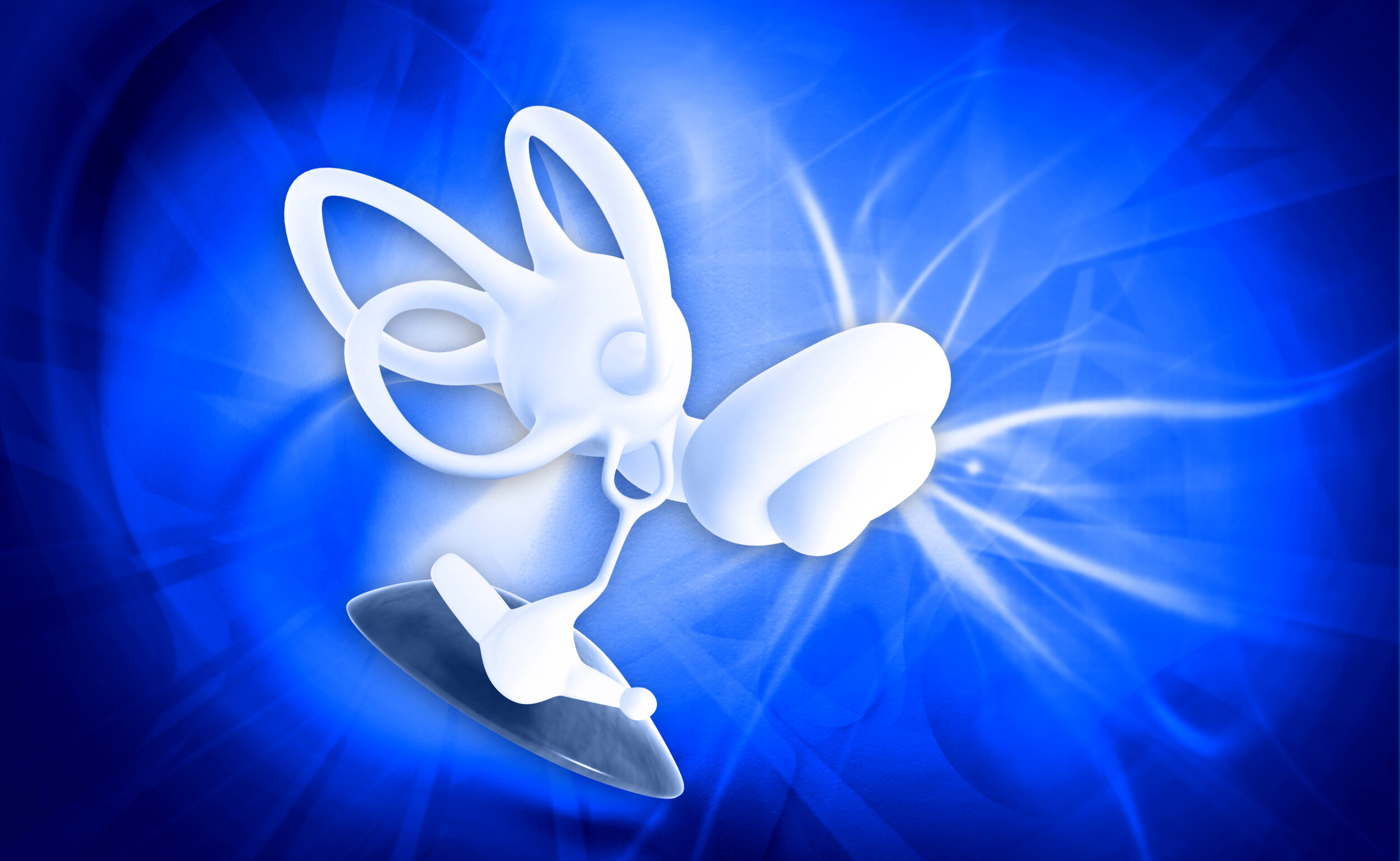Here’s a classic story from a new dizzy patient:
I spent a few days really dizzy, with the world seemingly spinning around me even though I was staying still. After those first few days, the spinning and moving stopped but my balance has been terrible since.
Not only that, but everything is blurry! When I try to read, I can’t keep the words in focus. I went to my eye doctor but they said my vision hasn’t changed, even though I can’t see anything!
What’s going on?!
This, dear reader, is a direct result of inner ear dysfunction! But wait, you may ask - how does the ear control the eyes!?
It’s time for a deep dive into the VOR.
What is the VOR?
The Vestibulo-Ocular Reflex, also known as the VOR, is the most adaptable (re: trainable) reflex in the human body. Here’s how it works:
When your head turns to the left, the semi-circular canals in your ears sense the head rotation and send that signal to your brain.
The brain then quickly (and I mean quickly - this happens in a few milliseconds!) sends a signal to your eye muscles to move your eyes the same amount to the right
This allows your eyes to keep things in focus even when your head is moving. (Want to know a secret? I love this reflex - I get rather excited talking about it! Can you tell?)
When does the brain use the VOR?
In short, all the time! When you walk, when you breathe and even when your heart beats, your head is moving. The VOR is critical to stabilizing vision so everything stays in focus when you are out and about in the world.
Without a fully functional VOR, things can quickly become blurry and out of focus. This occurs with vestibular neuritis and labyrinthitis.
How does the VOR actually work?
Who’s ready to get nerdy with me? It’s time for a deep dive into neurology!
Your inner ears send signals to your brain constantly. When your head is stationary, both ears send signals at about 100 beats per second to your brain. When you turn your head to the right, your right ear sends a faster rate of signals (for example, 120 beats per second) and your left ear sends a slower rate (say, 80 beats per second).
It’s this difference between the signals from your ears that triggers reflexive eye movement. Your eyes can stay focused on your target (whether that’s a book, the basketball hoop you’re shooting at or the person you’re in conversation with) without you even thinking about it.
Without this reflex, the world very quickly becomes blurry and out of focus. Any head movement can lead to blurry vision.
How does a problem with the VOR occur?
Anything that disturbs the function of the inner ear and the signals it sends can affect VOR. When your inner ear has a deficit, it sends signals to your brain at a lower rate.
For example if you have a right ear deficit, your right ear’s baseline rate of firing at rest may only be 80 beats per second. If your left ear is still sending signals to your brain at 100 beats per second, your brain perceives this difference and thinks you are rotating to the left.
Inner ear dysfunction such as labrynthitis and vestibular neuritis, concussions, vestibular migraines and other vestibular and neurological conditions can lead to VOR deficits.
Can we fix a broken VOR?
You bet we can! The VOR is the most adaptable and trainable reflex in the human body. Vestibular therapists give specific exercises with the primary purpose of training this reflex back to function.
If you’re looking for a vestibular therapist in Canada, visit Balance and Dizziness Canada for a list of certified vestibular therapists. We love what we do and would love to help you!
To book with one of our vestibular therapists, book online, send us an email or give us a call at (778) 630-8800.














